
Located just three degrees south of the equator, the region’s climate is tempered by altitude: the rim of the Ngorongoro Crater itself is 2200 metres high and the floor is about 1700 metres above sea level. The combination of a wide range of habitats – a mix of grasslands, lake beds and marshes – and regular rainfall supports an abundance of wildlife within the NCA.
The crater rim and the Highlands in particular experience regular mists and rain (ranging from over 1000 millimetres per annum in the east to less than 400 millimetres in the far west), and this sustains the blanket of forest. In addition to the lichens, ferns ​and orchids, some of the dominant tree species include crotons, albizias, stinkwoods, strangler figs and Nuxia.
The crater floor is home to many species of large mammals typical of East African savannas. Buffaloes, elephants, gazelles, hippos, hyaenas, lions, wildebeest and zebras are easily seen by the numerous visitors who enter the crater each day in safari vehicles. No accommodation is allowed on the crater floor and all vehicles must leave by midafternoon. In addition, no off-road driving is permitted, so the impact of human visitors is limited.
This story is from the November 2019 edition of African Birdlife.
Start your 7-day Magzter GOLD free trial to access thousands of curated premium stories, and 8,500+ magazines and newspapers.
Already a subscriber ? Sign In
This story is from the November 2019 edition of African Birdlife.
Start your 7-day Magzter GOLD free trial to access thousands of curated premium stories, and 8,500+ magazines and newspapers.
Already a subscriber? Sign In

EXPLORING NEW HORIZONS
Keith Barnes, co-author of the new Field Guide to Birds of Greater Southern Africa, chats about the long-neglected birding regions just north of the Kunene and Zambezi, getting back to watching birds and the vulture that changed his life.

footloose IN FYNBOS
The Walker Bay Diversity Trail is a leisurely hike with a multitude of flowers, feathers and flavours along the way.
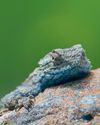
Living forwards
How photographing birds helps me face adversity
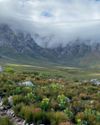
CAPE crusade
The Cape Bird Club/City of Cape Town Birding Big Year Challenge
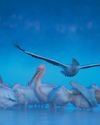
water & WINGS
WATER IS LIFE. As wildlife photographer Greg du Toit knows better than most.
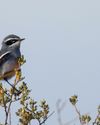
winter wanderer
as summer becomes a memory in the south, the skies are a little quieter as the migrants have returned to the warming north. But one bird endemic to the southern African region takes its own little winter journey.
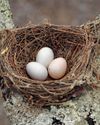
when perfect isn't enough
Egg signatures and forgeries in the cuckoo-drongo arms race
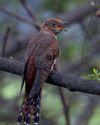
Southern SIGHTINGS
The late summer period naturally started quietening down after the midsummer excitement, but there were still some classy rarities on offer for birders all over the subregion. As always, none of the records included here have been adjudicated by any of the subregion's Rarities Committees.
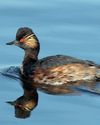
flood impact on wetland birds
One of the features of a warming planet is increasingly erratic rainfall; years of drought followed by devastating floods. Fortunately, many waterbirds are pre-adapted to cope with such extremes, especially in southern Africa where they have evolved to exploit episodic rainfall events in semi-arid and arid regions. But how do waterbirds respond to floods in areas where rainfall - and access to water - is more predictable? Peter Ryan explores the consequences of recent floods on the birds of the Western Cape's Olifants River valley.
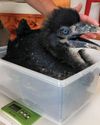
a star is born
It’s every producer’s dream to plan a wildlife television series and pick the right characters before filming.